Tech Neck: What You Need To Know About The Spine
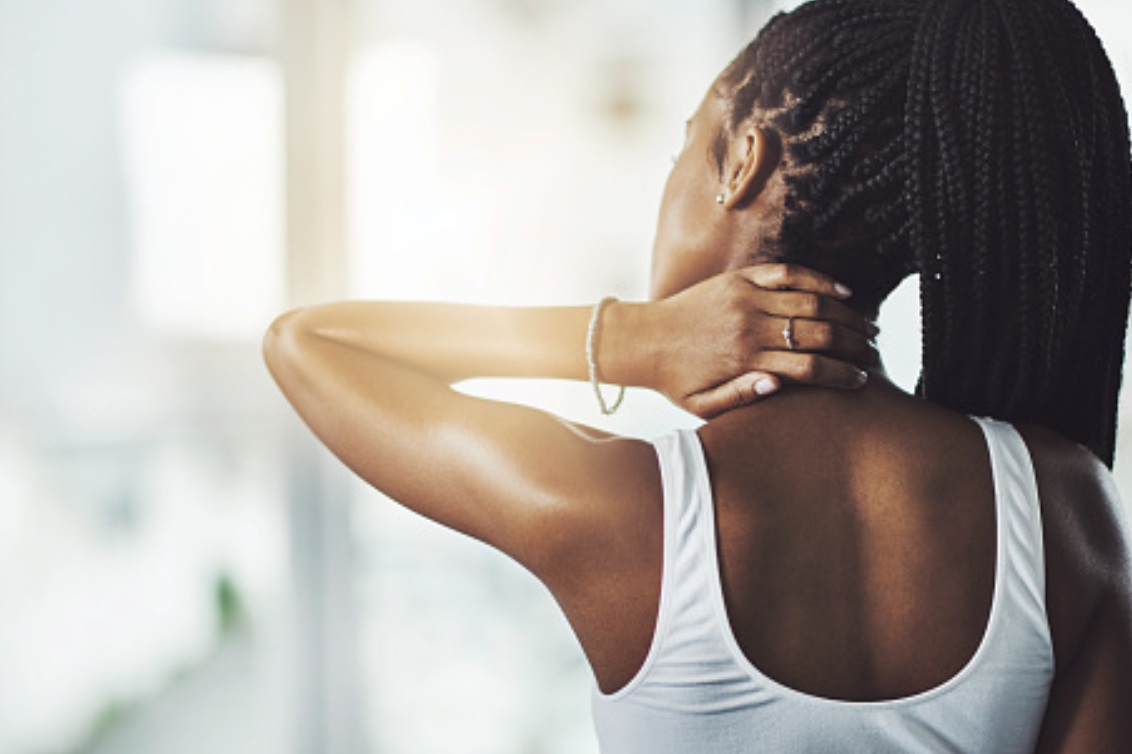
Our nearly constant technology-use has many consequences for both physical and mental health. Studies have shown that increased social media use can negatively impact wellbeing and exacerbate anxiety, depression, and negative thoughts.
Looking down to check a text or scroll through the news puts stress on your cervical spine. The head down, neck bent, shoulders rounded position has been dubbed “tech neck” ot “text neck.” This position stretches the tendons and muscles in the back of the neck while compressing the muscles and tendons in the front of the neck. This leads to muscle weakness and contributes to pain as the surrounding muscles as structures compensate to hold up the head, which weighs about ten pounds.
Tech neck puts strain on muscles, joints, ligaments, and tendons in the neck, upper back, and can cause pain in the shoulders. Most people experience pain when they remain in the tech neck position for too long but they may also experience tightness and stiffness throughout the day. When not corrected, tech neck can lead to muscular imbalances which affect posture, compress airways, and can limit range of motion and hinder sports performance. Tech neck posture can be especially detrimental to overhead mobility which requires shoulder flexion and a stable thoracic spine.
Back to basics
The spine is divided into three sections; the cervical spine, the thoracic spine, and the lumbar spine.
The cervical spine contains the first seven vertebrae, starting at the base of your skull with the atlas bone. These bones protect the nerves in the spinal column, support the weight of your head, and create structure for the vertebral arteries which provide blood to the brain.
The thoracic spine or T-spine is located between the neck and lower back. It supports the ribs and vital organs like the heart, lungs, and stomach. The T-spine is vital to protecting the nerves in the spinal column and allowing for a full range motion in the shoulders. Common t-spine issues include kyphosis, a rounded upper back, middle back pain, and compressed nerves.
The lower portion of the spine is the lumbar region, a common site of lower back pain and tightness. The lumbar spine connects the body to the hips, supports the upper body, and protects the nerves that control leg movement. Lower back pain is a common complaint from people who spend long periods of time sitting or driving. Lumbar issues can impact hip mobility and lead to knee and ankle pain.
The body was made to move and the spine is essential for movement and proper functioning. It’s primary role is to protect the spinal column and nerves that carry signals from the brain throughout the body but it’s also responsible for our upright posture and contributes to healthy movement patterns like walking.
Recommendations
Tech-neck and other problems that arise from modern life can be corrected through exercise and mindful mobility training.
Keep in mind that phones aren’t the only devices responsible for tech neck, computers and TVs can also contribute to the problem. Evaluate your desk set-up and keyboard setup. Experts recommend positioning the top third of the monitor at your seated eye level and centered in your field of vision. Keyboards should be placed at an angle that allows your shoulders to be relaxed and elbows to be slightly greater than 90 degrees.These small posture changes can help make your workstation more ergonomic and reduce the risk of both eye and neck strain.
Corrective exercises can help relieve pain and prevent long term neck and back issues. These equipment-free exercises can be incorporated into your daily routine as well as programmed before a workout.
Chin tucks
Stand with the back of your head against a wall and retract your chin until the back of your head is flat against the wall. The occipital bone at the base of your skull should make contact with the wall. You may feel a stretch in the back of your neck.
Trap Stretch
Start by tucking your chin. Take your left hand and place it over the top of the right side of your head. Gently stretch your neck by applying light pressure with your hand. Switch sides and repeat.
Superman
Lay prone on your stomach on the floor. Squeeze your glutes and pinch your shoulder blades together as you use your back muscles to lift yourself off the floor. Hands should be by your sidies, with palms facing down. Hold as long as possible while breathing normally. For more advanced variation, lift your hands above your head and hold the position.








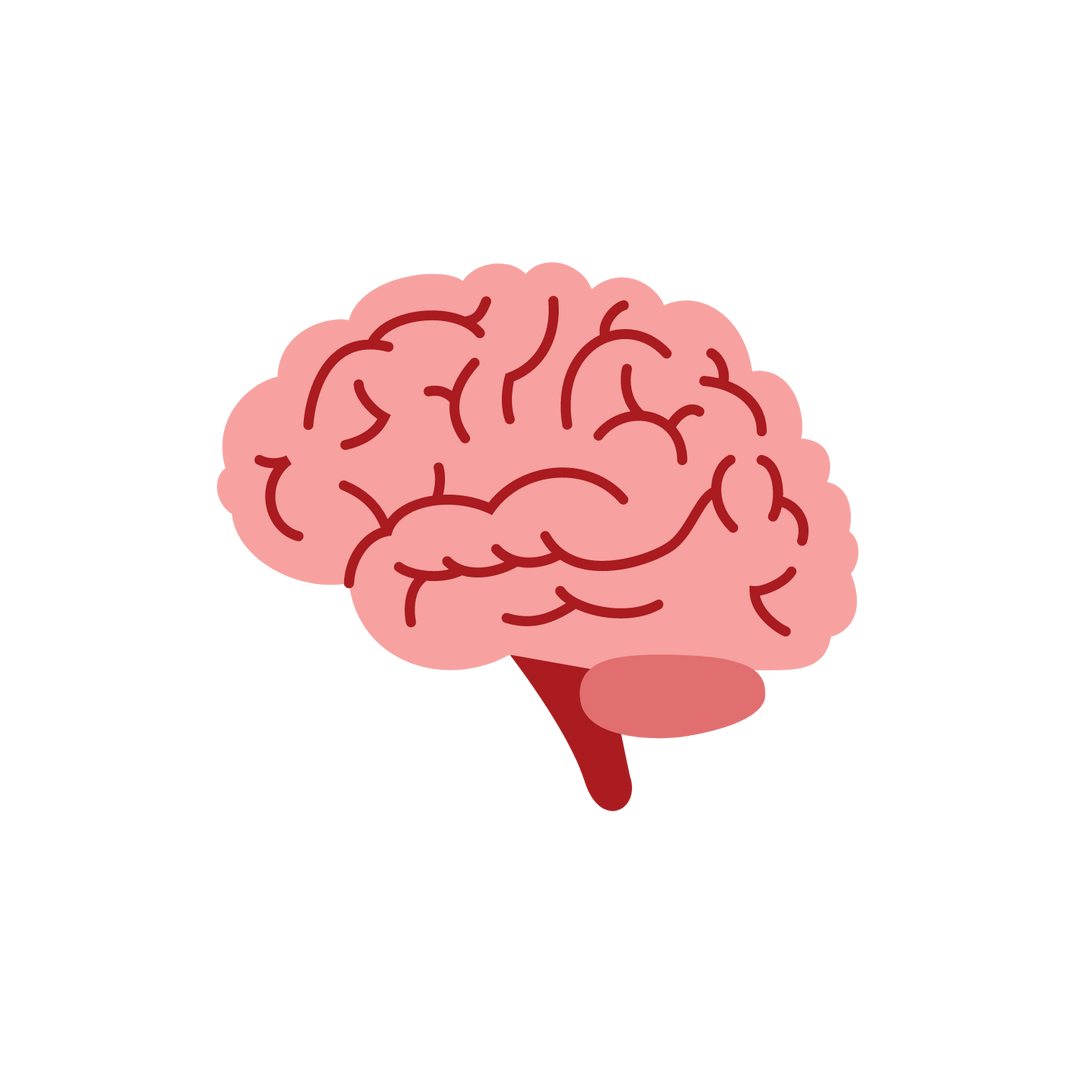

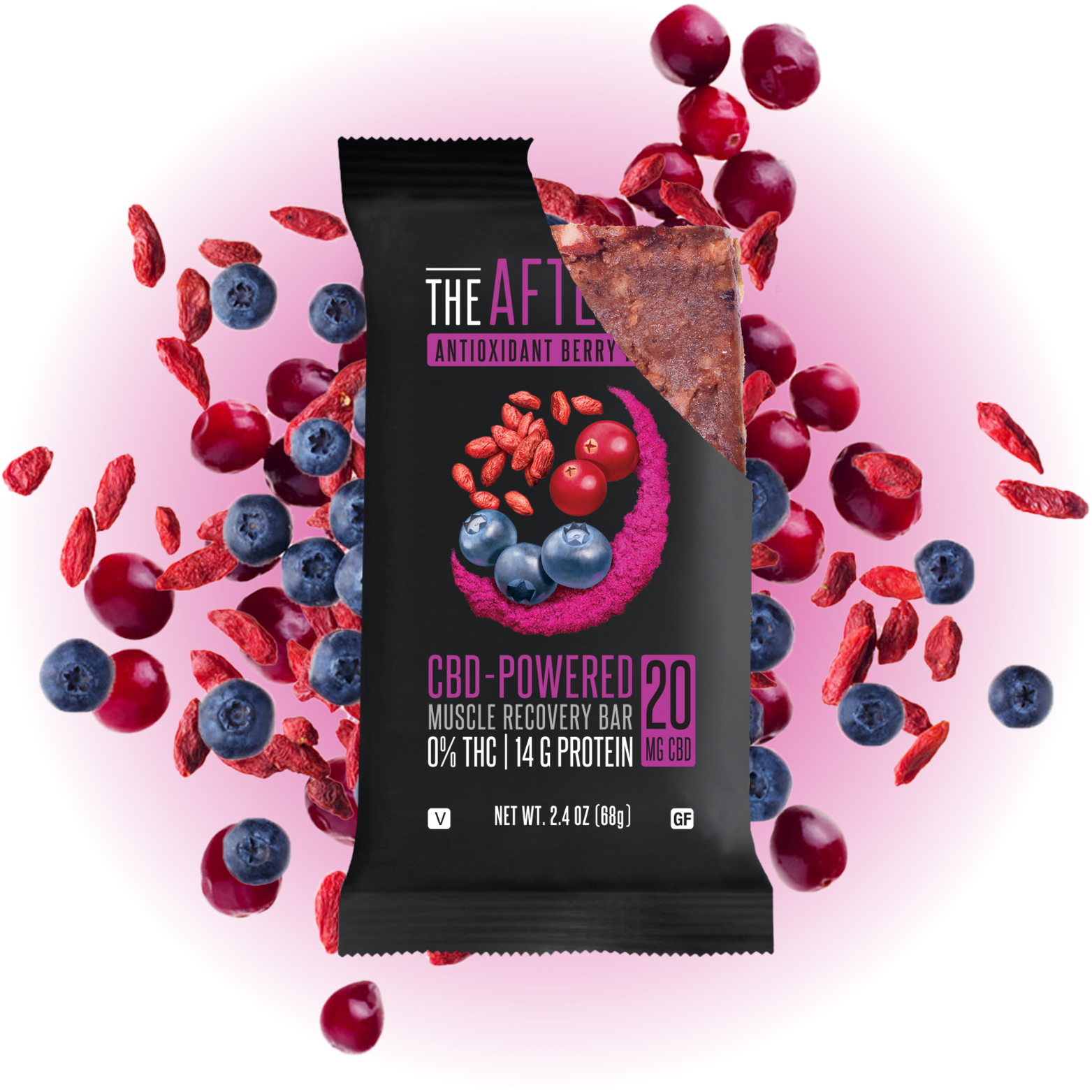



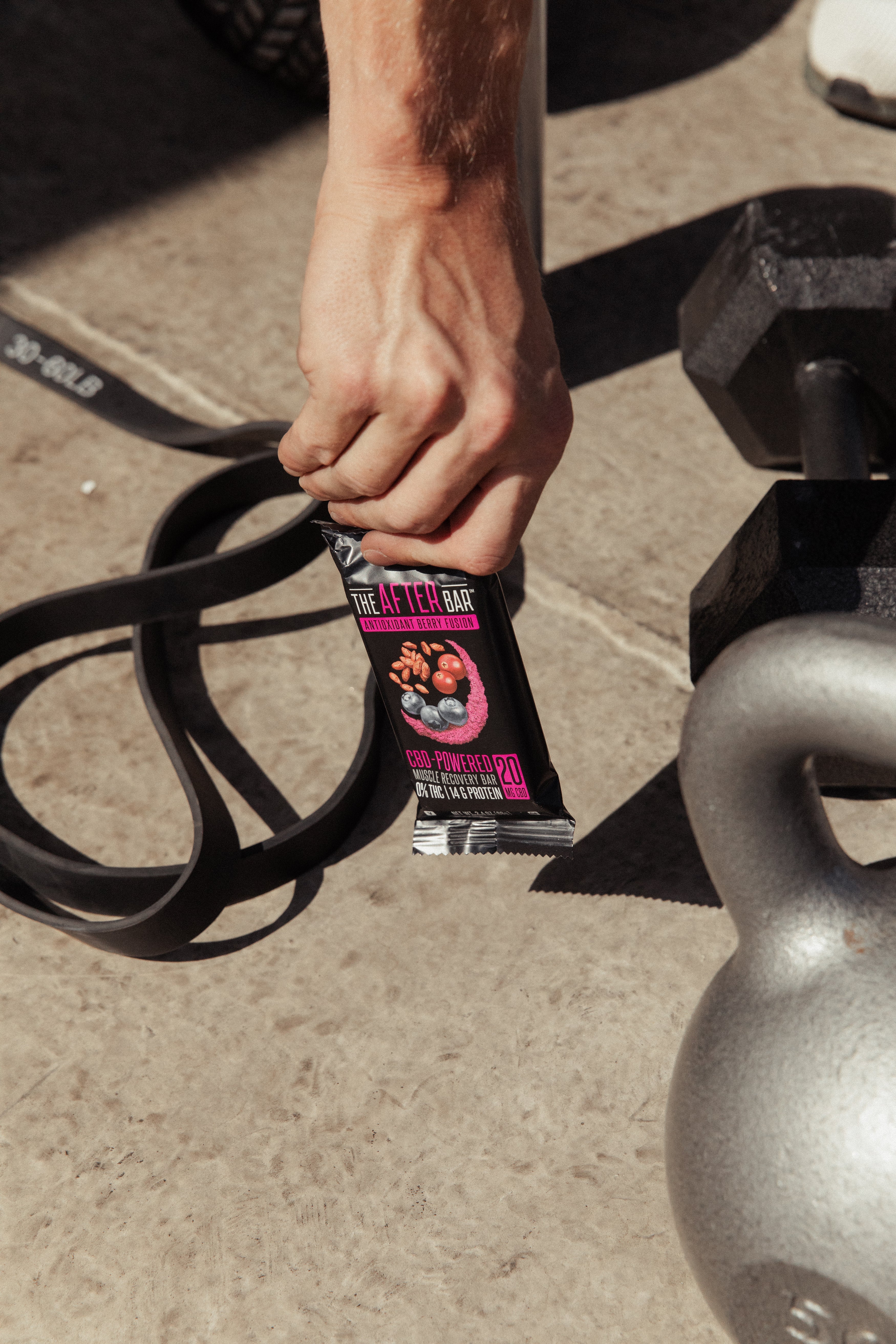

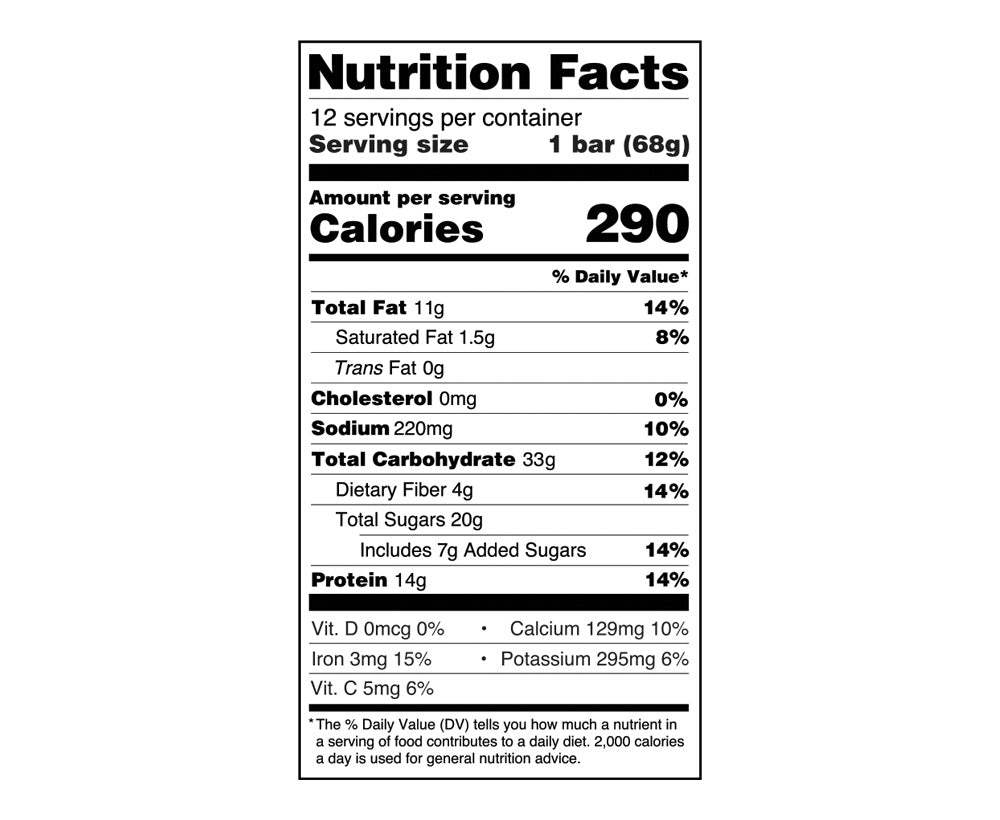

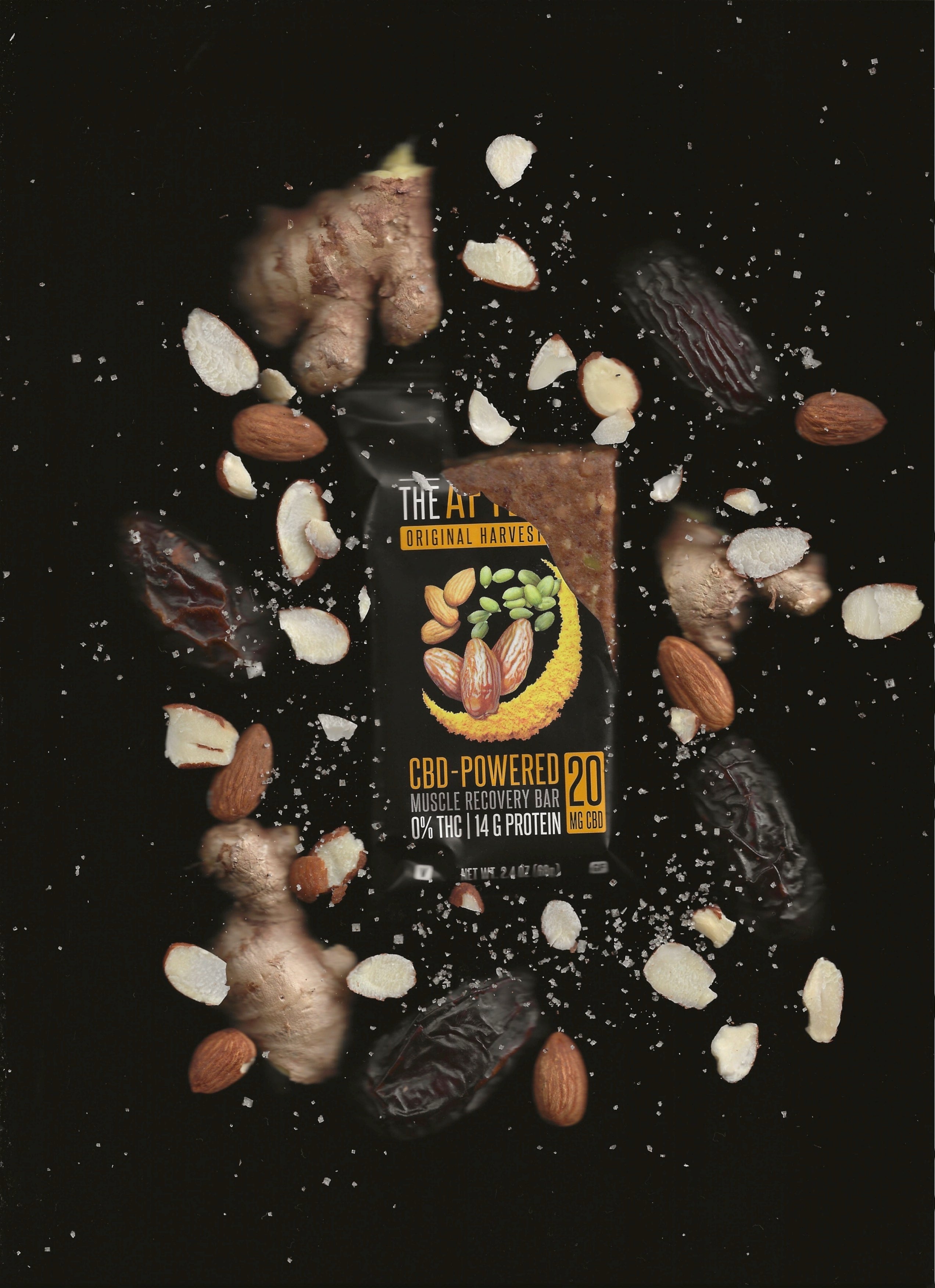
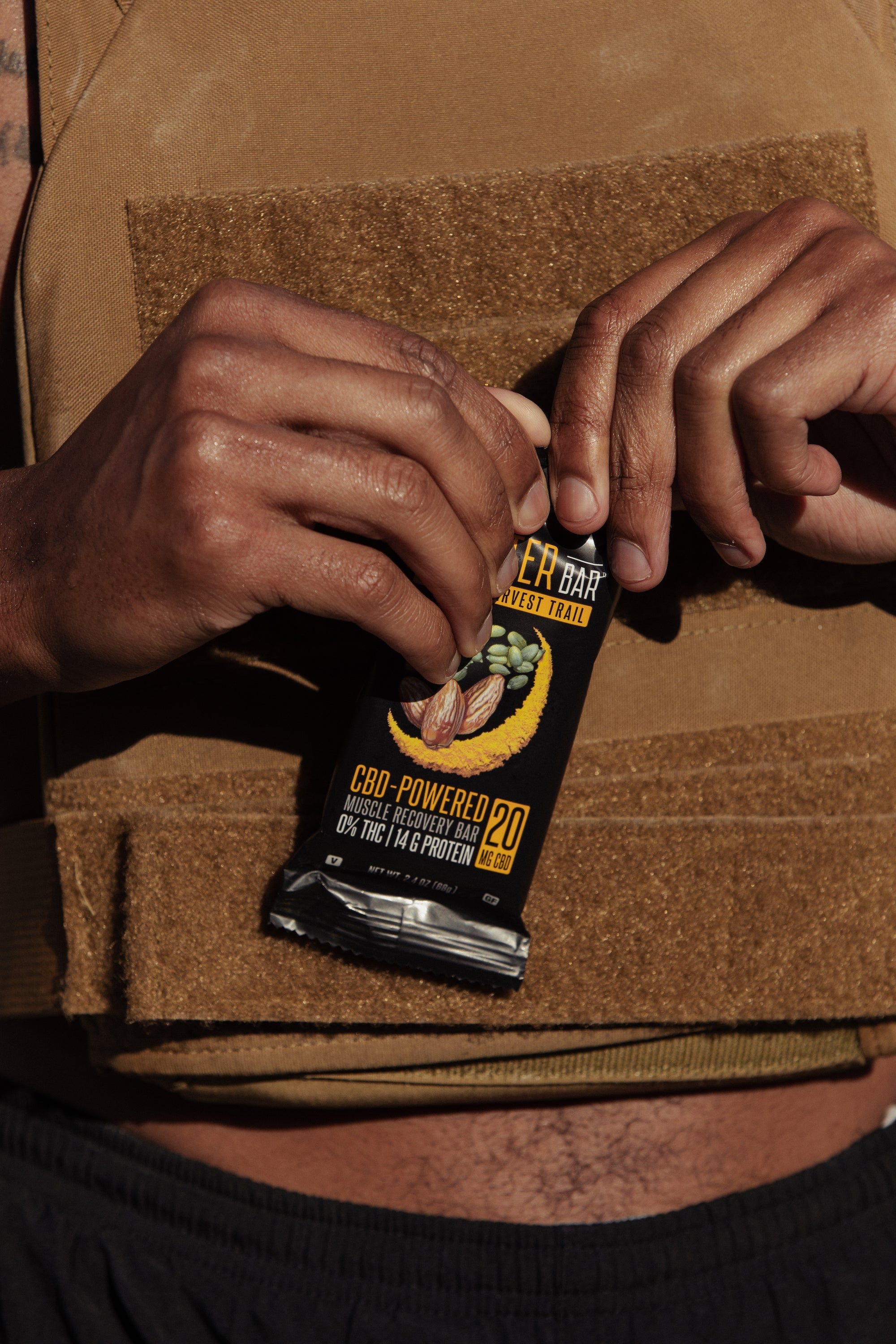
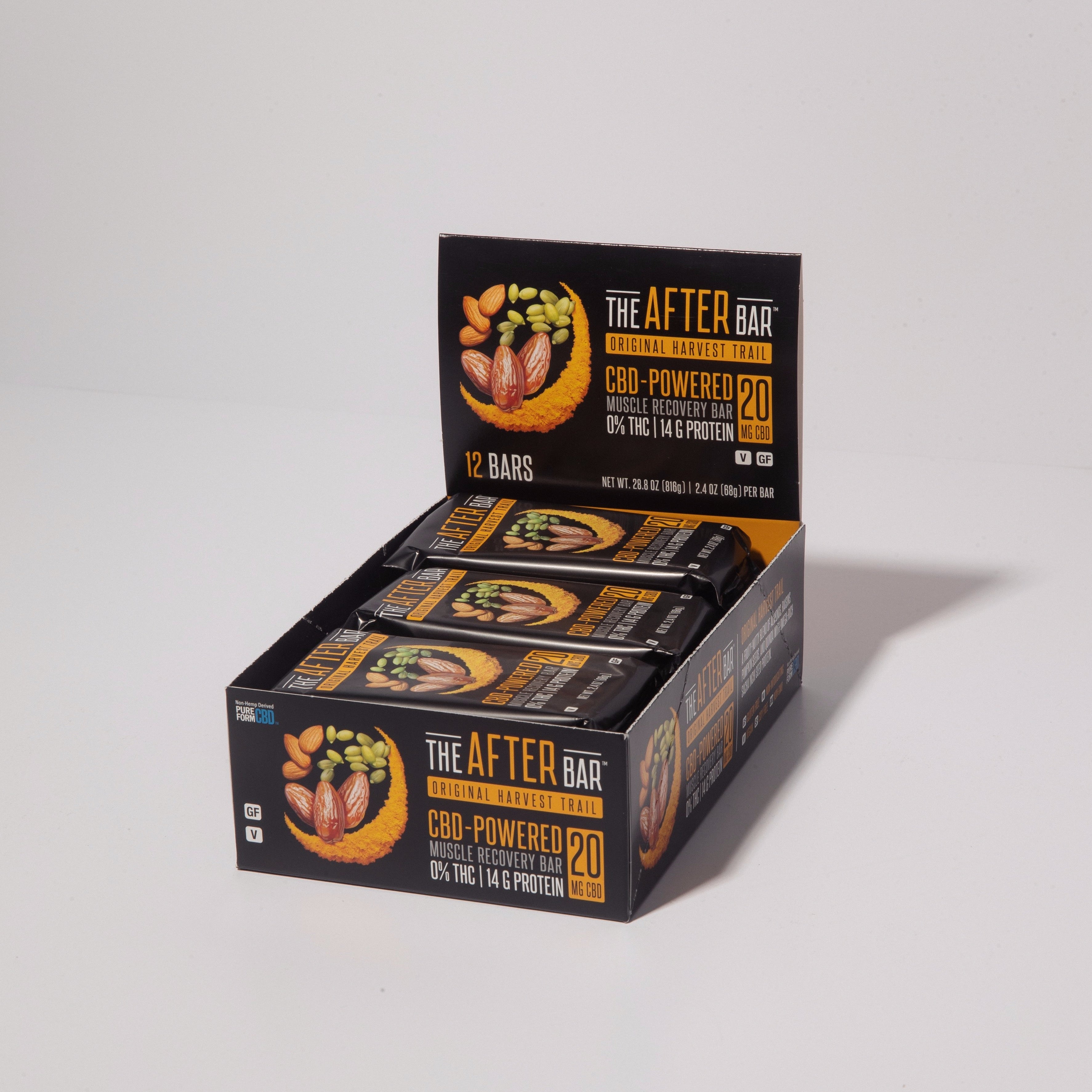
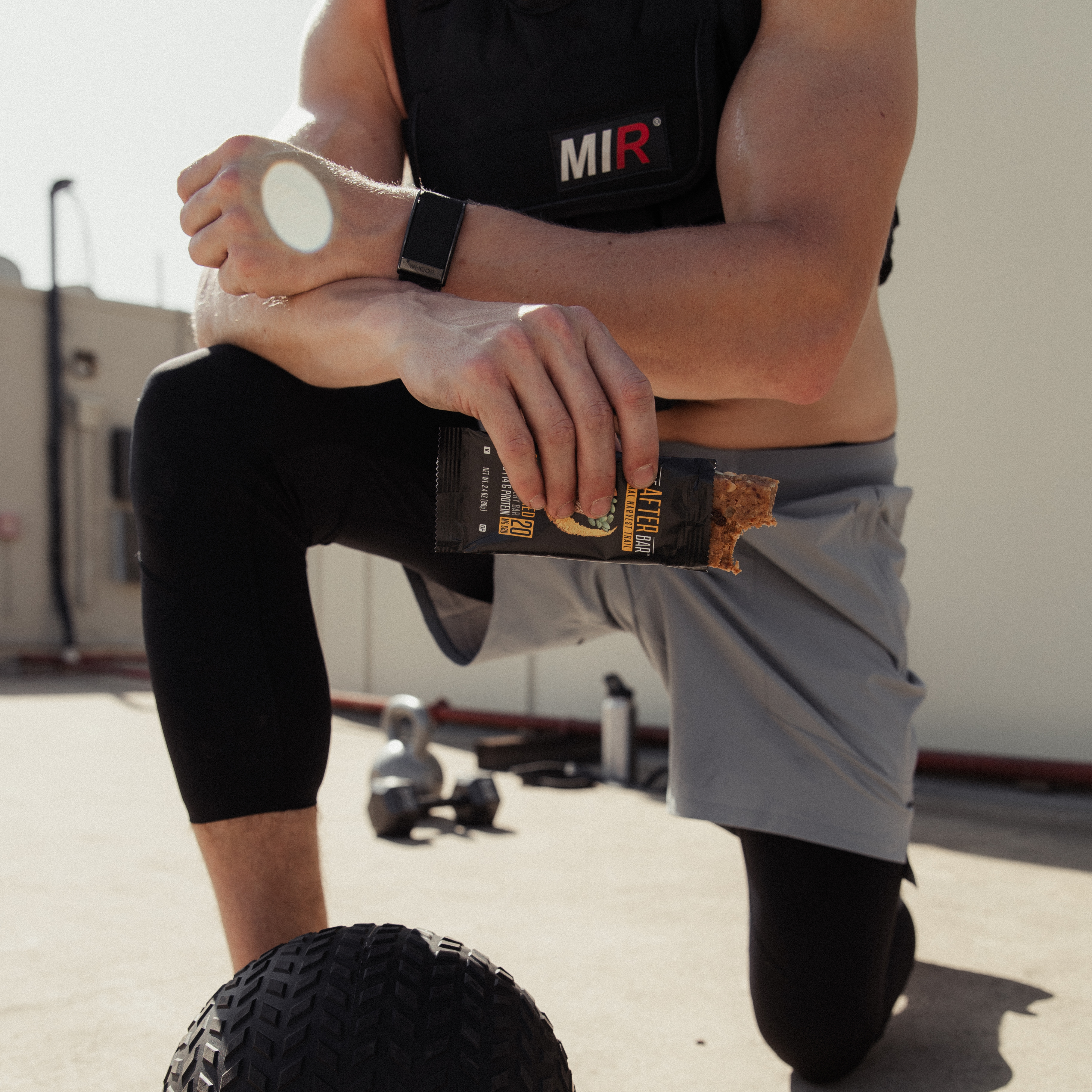

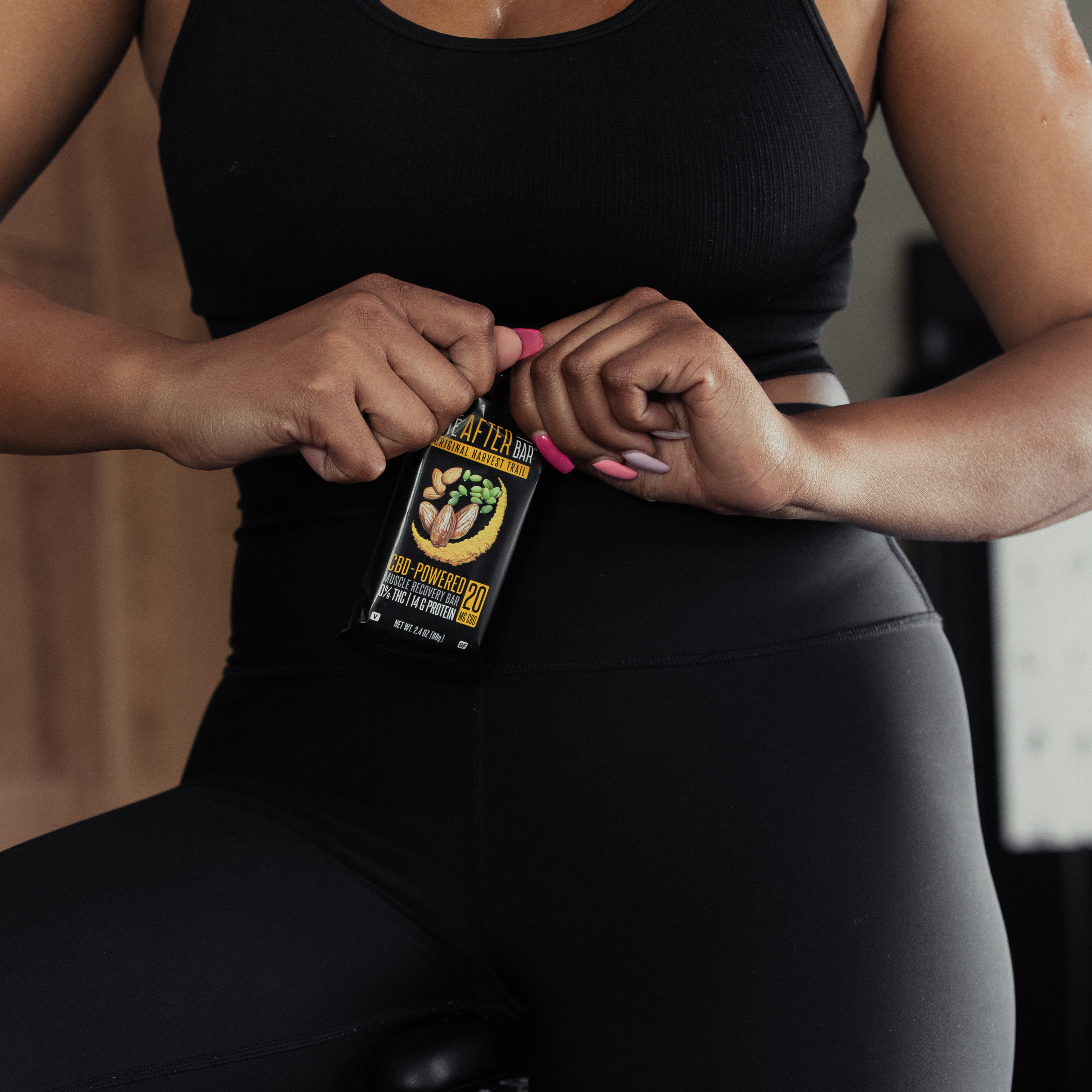
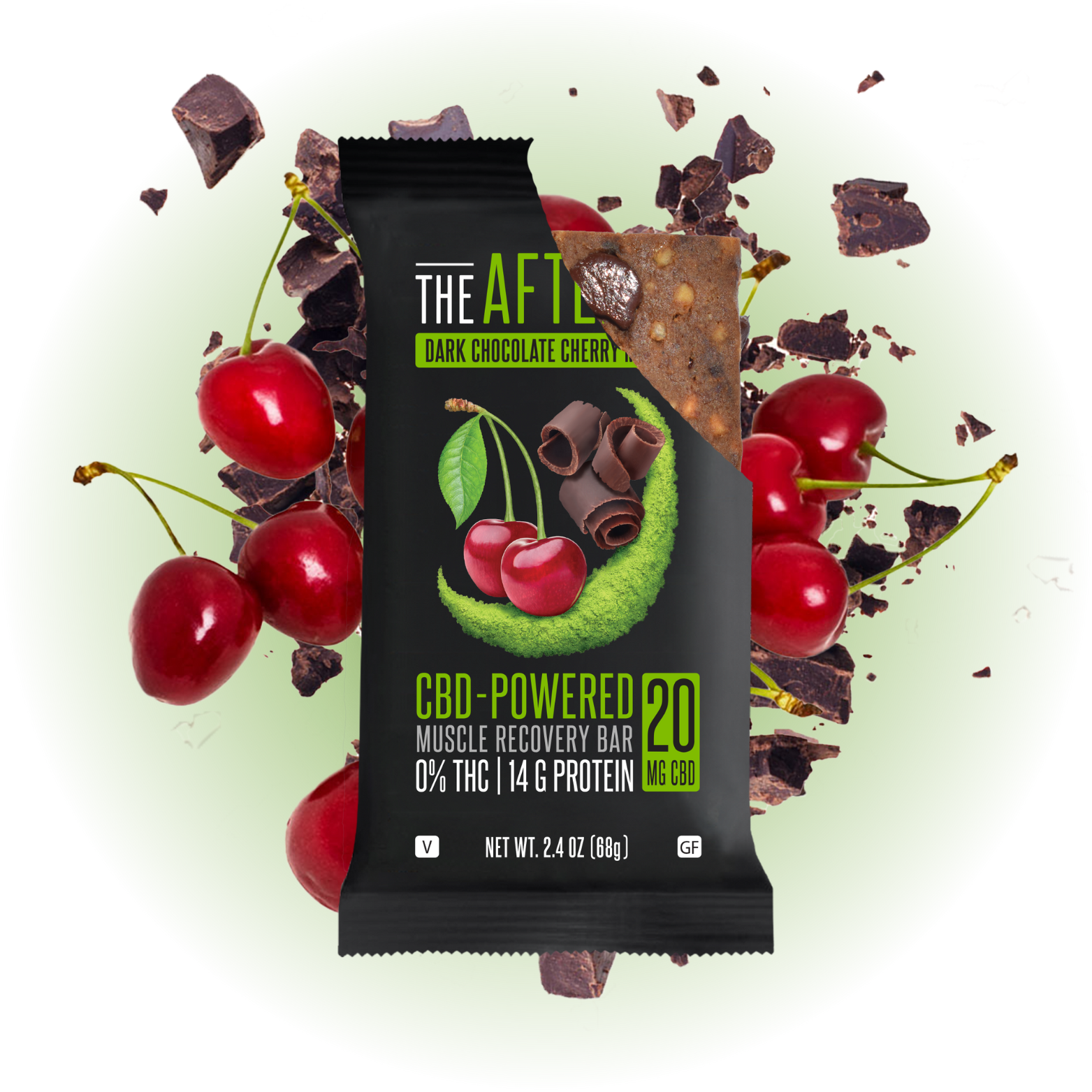
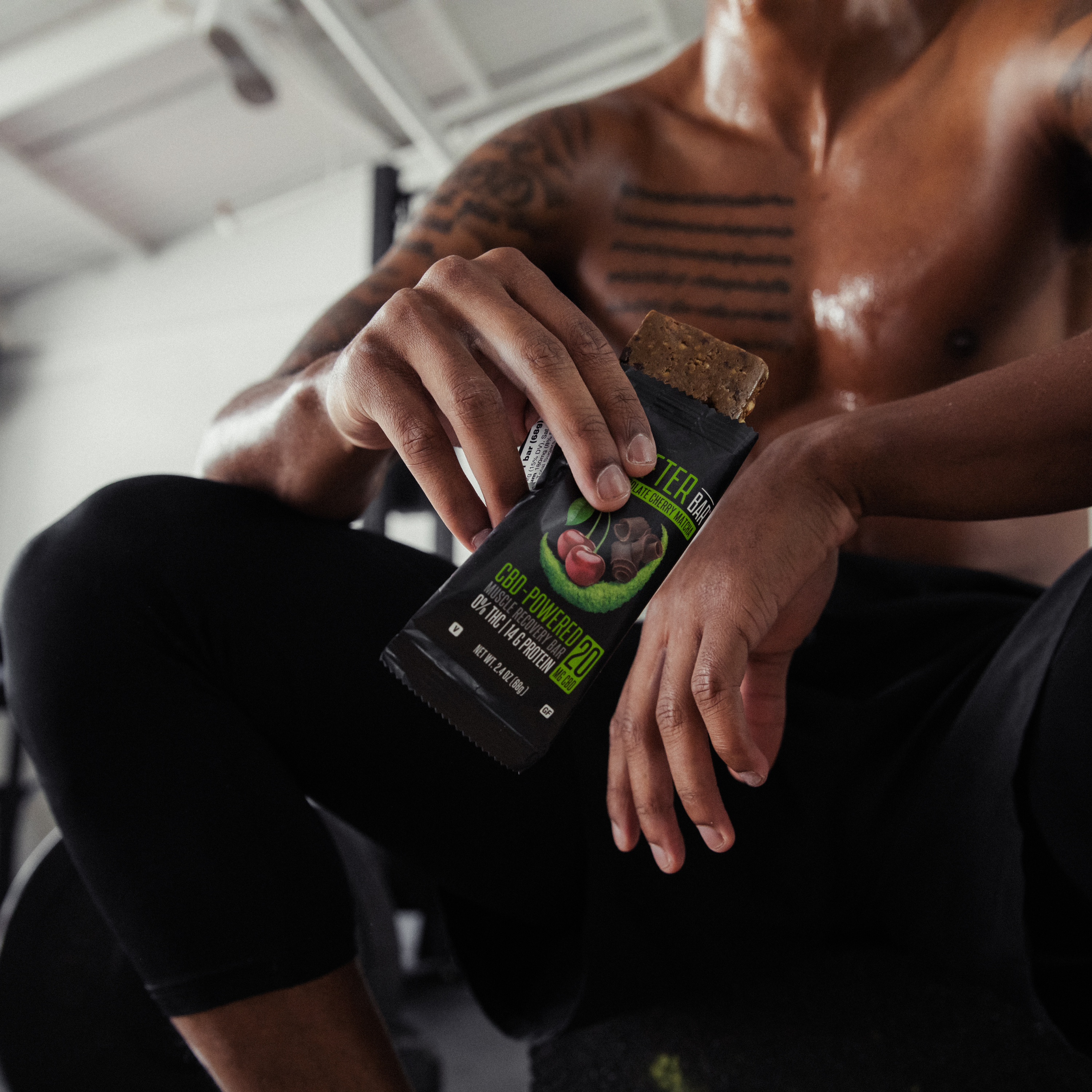


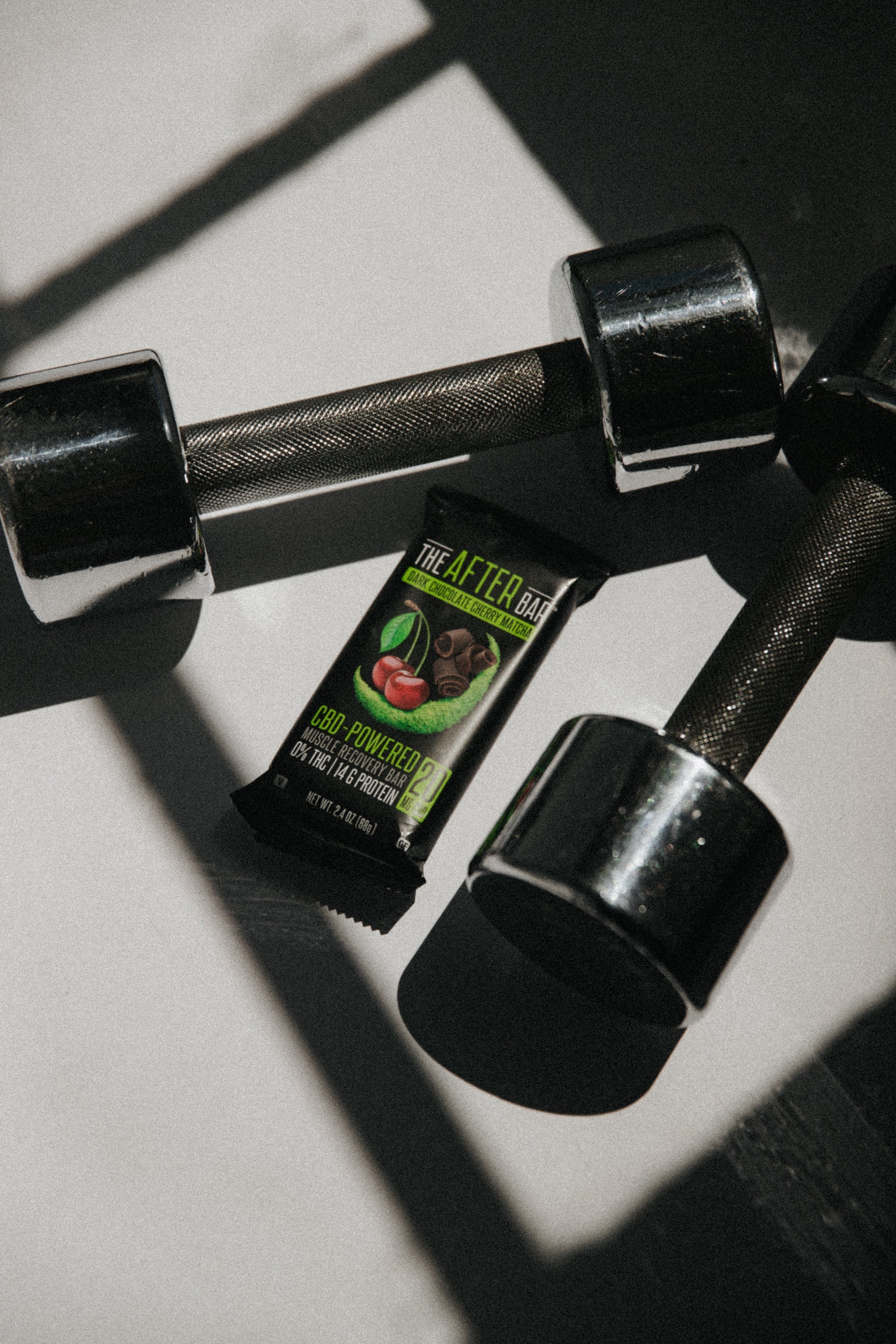
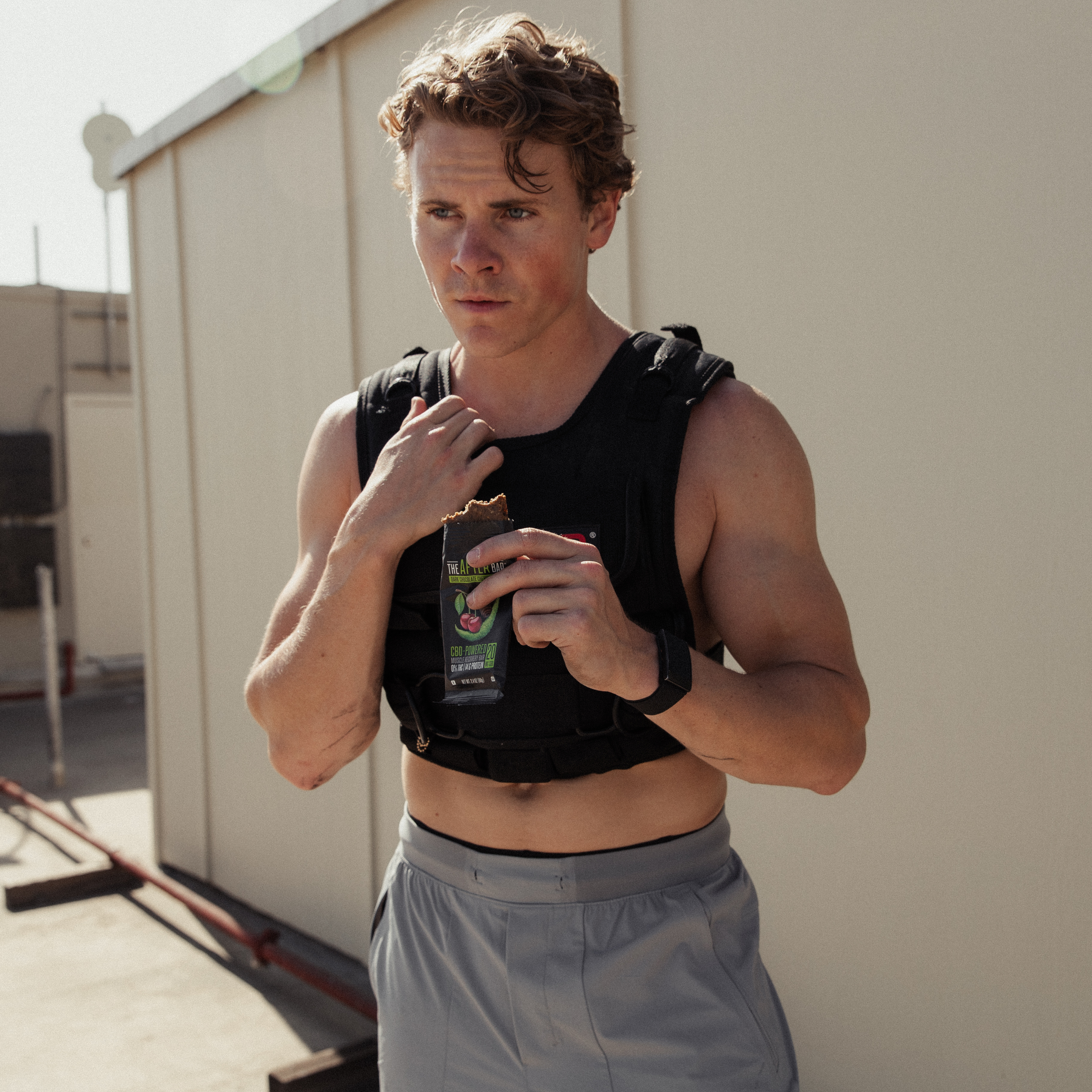


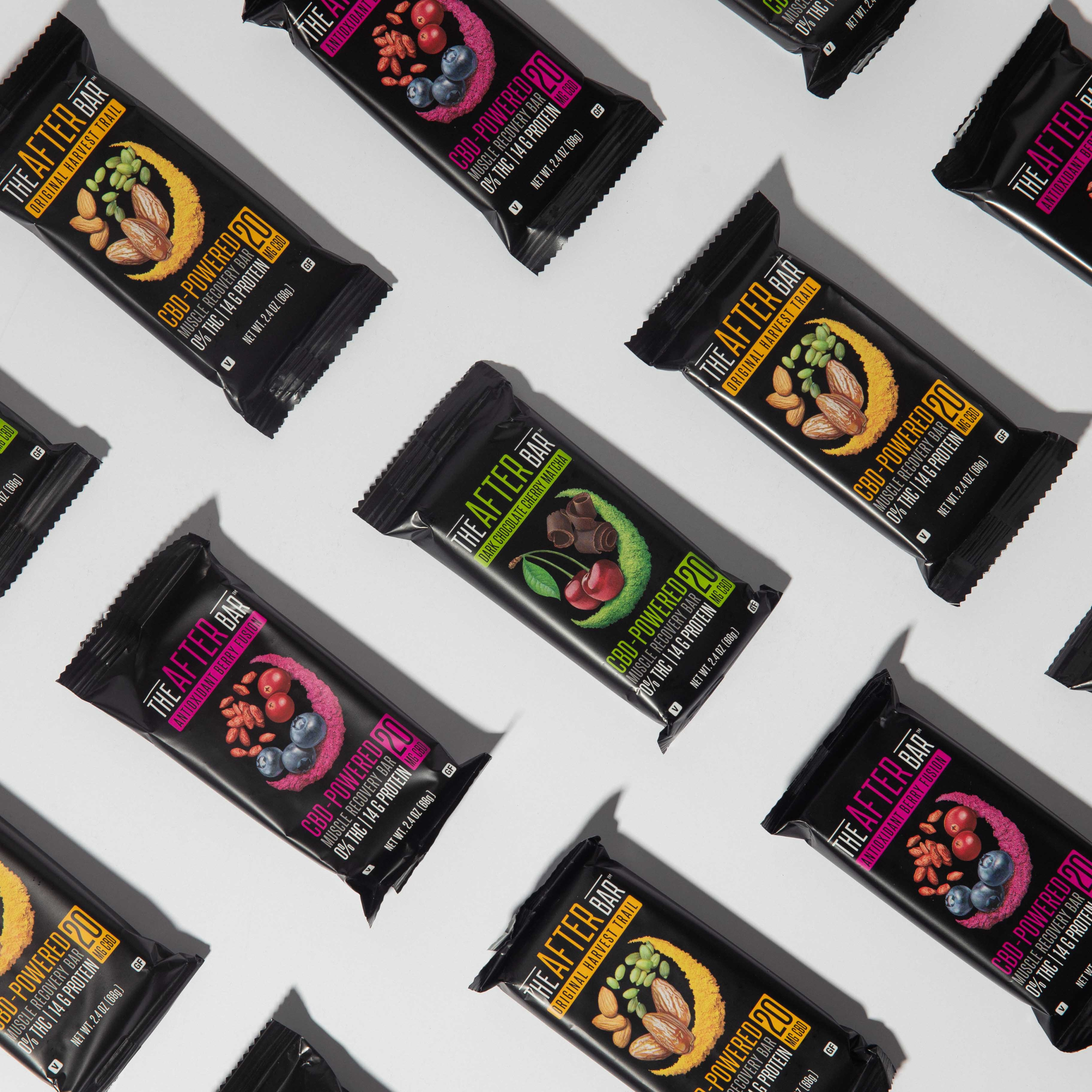

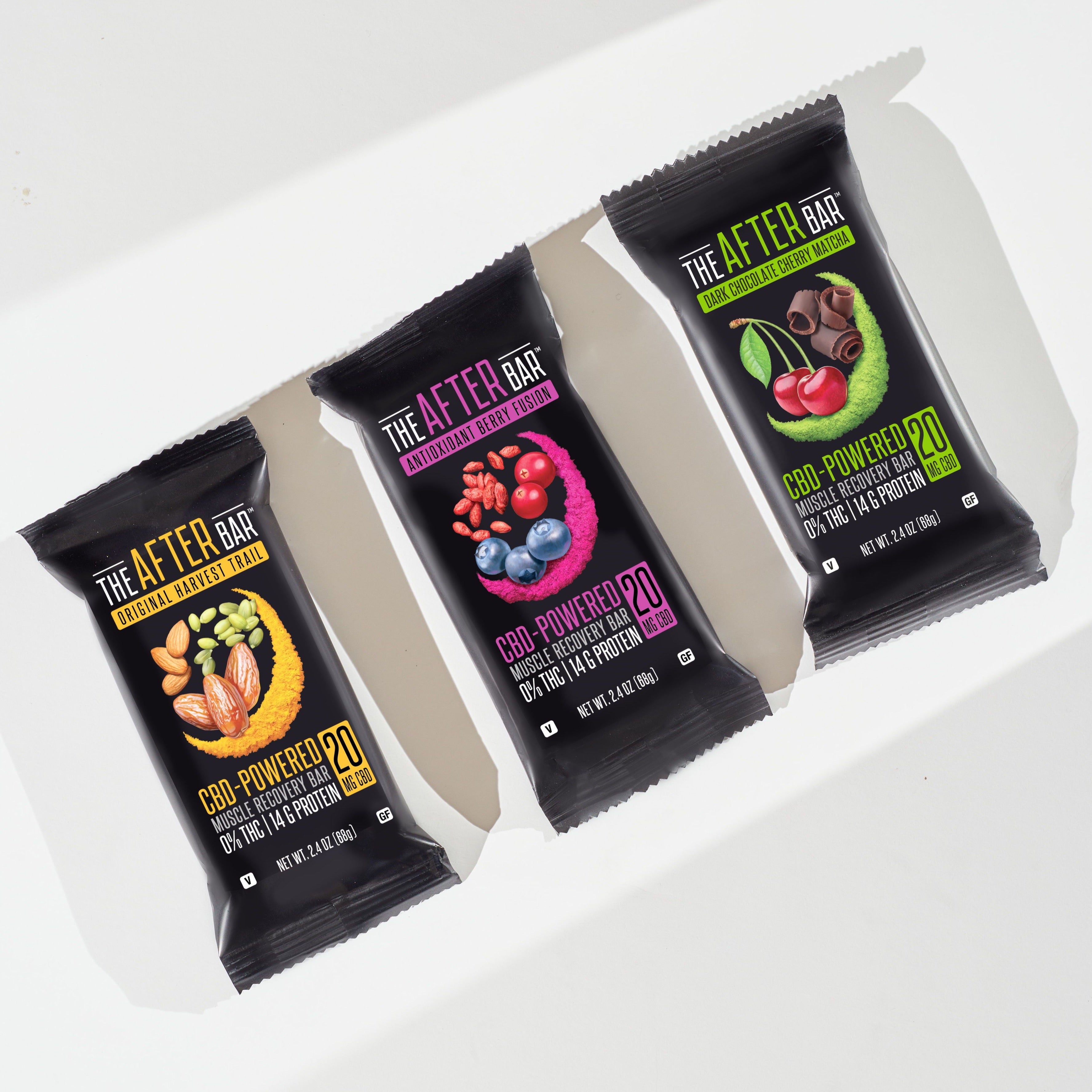
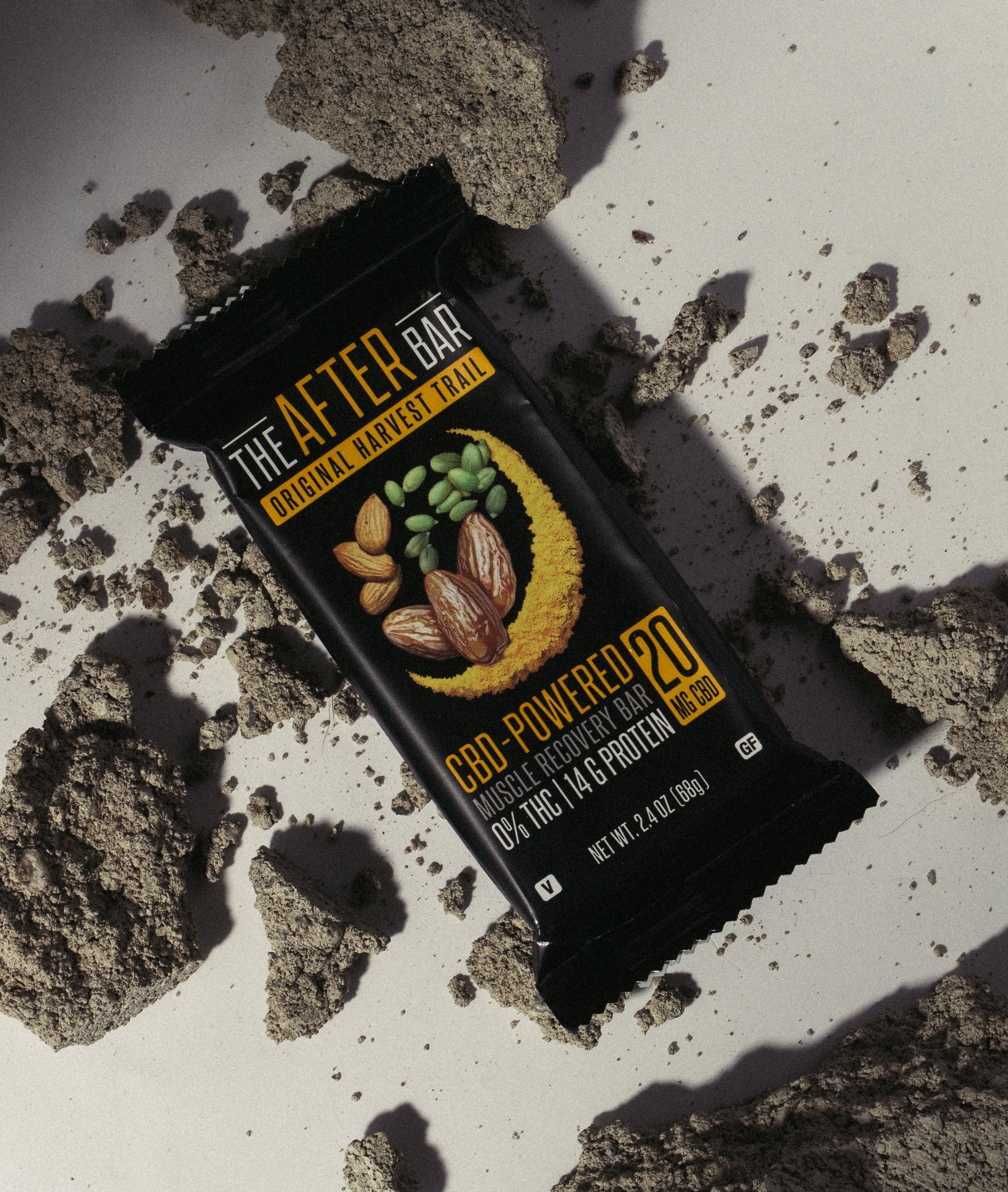
Leave a comment